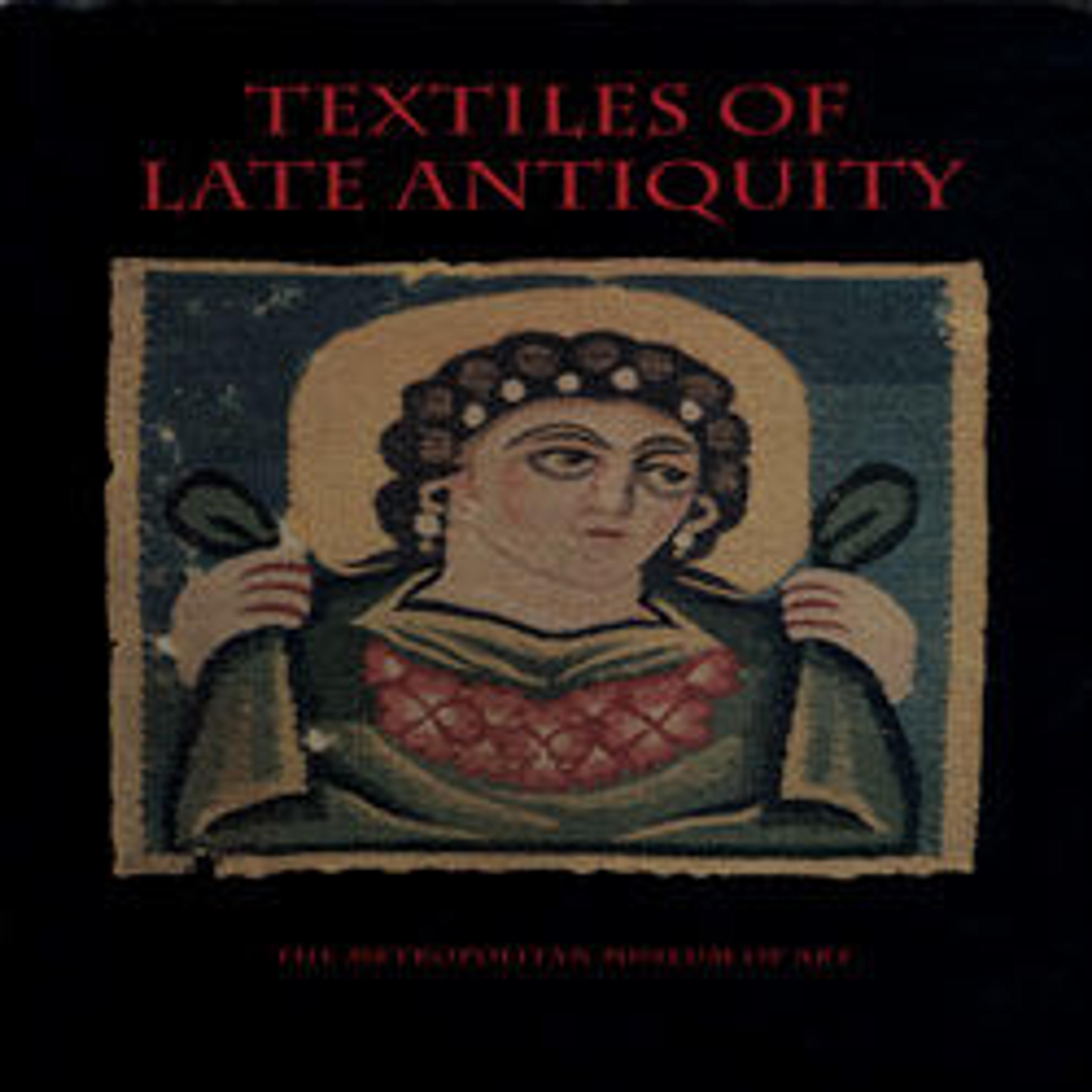Coptic Textile Fragment
Textiles like this one are thought to have been produced by Copts (Christian Egyptians) and other weavers throughout the Byzantine Empire. The designs and motifs of Coptic and Byzantine textiles influenced the visual repertoire of the early Islamic period. This fragment was probably part of the shoulder decoration of a tunic, the quintessential garment of the Late Antique world. The people of late antiquity were also buried in these garments, and most surviving examples have been found in cemeteries. This example contains a large eight-pointed star formed by overlaid squares filled with sprouting urns, vine scrolls, and geometric interlaces— motifs also seen in Byzantine floor mosaics.
Artwork Details
- Title: Coptic Textile Fragment
- Date: late 3rd–5th century
- Geography: Made in Egypt
- Medium: Linen, wool; plain weave, tapestry weave, brocaded
- Dimensions: Textile: H. 11 1/4 in. (28.6 cm)
W. 20 7/8 in. (53 cm)
Mount: H. 15 7/8 in. (40.3 cm)
W. 25 3/8 in. (64.5 cm)
D. 1 5/8 in. (4.1 cm) - Classification: Textiles
- Credit Line: Purchase by subscription, 1889
- Object Number: 89.18.95
- Curatorial Department: Islamic Art
More Artwork
Research Resources
The Met provides unparalleled resources for research and welcomes an international community of students and scholars. The Met's Open Access API is where creators and researchers can connect to the The Met collection. Open Access data and public domain images are available for unrestricted commercial and noncommercial use without permission or fee.
To request images under copyright and other restrictions, please use this Image Request form.
Feedback
We continue to research and examine historical and cultural context for objects in The Met collection. If you have comments or questions about this object record, please complete and submit this form. The Museum looks forward to receiving your comments.
